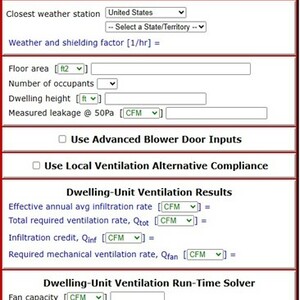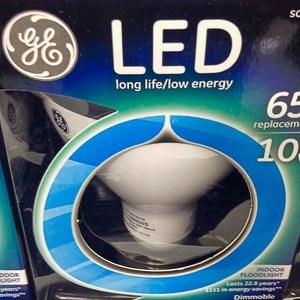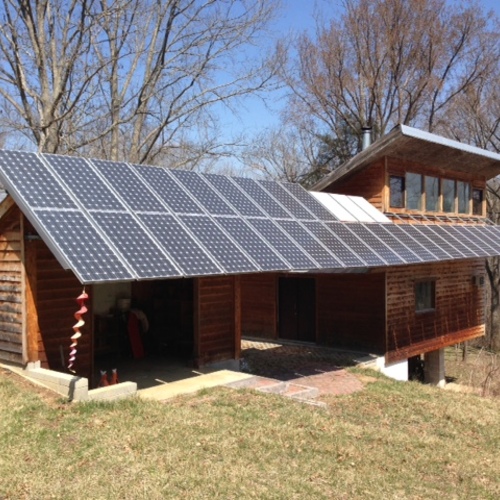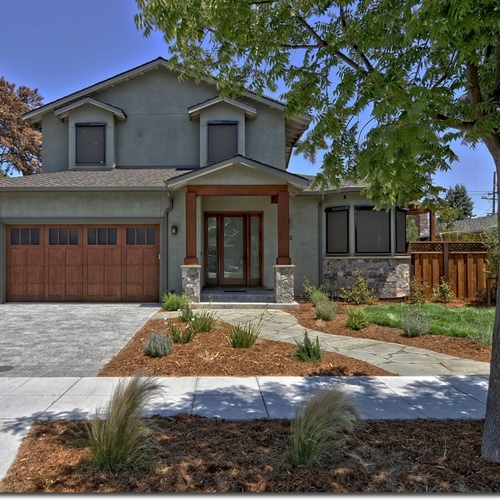
Federal rules for setting energy efficiency standards will be revised under a plan announced by the Department of Energy, prompting complaints that the changes would make it harder to update standards in the future and ultimately cost consumers more money.
The proposed rules, which were published in the Federal Register last week, are intended to make the process consistent with the Energy Policy and Conservation Act of 1975, according to a post at Utility Dive.
But advocates for efficiency standards for products such as appliances and light bulbs said the changes were unnecessary and unhelpful.
Changing the definition of “significant energy savings”
Lauren Urbanek, a senior energy policy advocate with the Natural Resources Defense Council, said in a post at the NRDC website that the department wants to change how a “significant” energy savings is defined. The new test, which updated standards would have to meet before they could be implemented, would require savings equal 0.5 quads or a 10% improvement in efficiency over 30 years (0.5 quads amounts to 2.5% of total annual household energy use in the U.S.).
The new threshold, Urbanek wrote, will make it harder to update existing efficiency standards and mean fewer savings for consumers. Other changes would make the process of setting new efficiency standards slower and more complicated, she added.
Efficiency standards now cover 60 categories of appliances and equipment that have collectively saved consumers $2 trillion, Urbanek said. Improvements to standards that are due to be reviewed in the next few years could increase savings by another $43 billion by 2035.
“But these savings are in peril, both from DOE inaction and from changes to the Process Rule that will make it significantly more difficult to set and update meaningful, impactful standards,” she said.
Andrew deLaski, the executive director of the Appliance Standards Awareness Project, told Utility Dive that the new rules would make it difficult for rule writers to use anything other than industry test procedures, giving manufacturers “carte blanche to write the rules for how efficiency is measured.”
At least one industry group is behind the changes. The North American Association of Food Equipment Manufacturers, a trade group representing more than 550 companies, said the proposed changes represented “substantial improvements” to the rule making process.
The department has scheduled a public meeting March 21 and will accept comments until April 15.
Weekly Newsletter
Get building science and energy efficiency advice, plus special offers, in your inbox.















4 Comments
I wonder if that old coal burning stove my grandfather took out of the farmhouse in the 1930's is still around. Sounds like that is where we are heading. Let's call it the Brown New Deal.
>"I wonder if that old coal burning stove my grandfather took out of the farmhouse in the 1930's is still around. "
Hard anthracite burns pretty cleanly, and from a local air pollution point of view is preferable to wood-burners. Heating with the coal stove at 50% thermal efficiency compared to heating your house with electric baseboards in a coal-heavy grid like West Virginia or Wyoming can even be a net-win on a greenhouse gas basis.
Coal is energy dense and was what they used for heating on the farm. I believe heating oil replaced the coal stove. Electricity came in during the 1940's. If I can find the coal stove it is available for anyone wanting to convert.
Convert it into scrap iron, perhaps? Or maybe convert it into an accent lamp? :-)
Antique coal stoves make lousy wood/biomass burners. Non-catalytic EPA rated wood stoves are typically 75% efficiency or better when firing in their mid range, and put out a lot less local air pollution than older wood stoves or converted coal stoves.
Log in or create an account to post a comment.
Sign up Log in